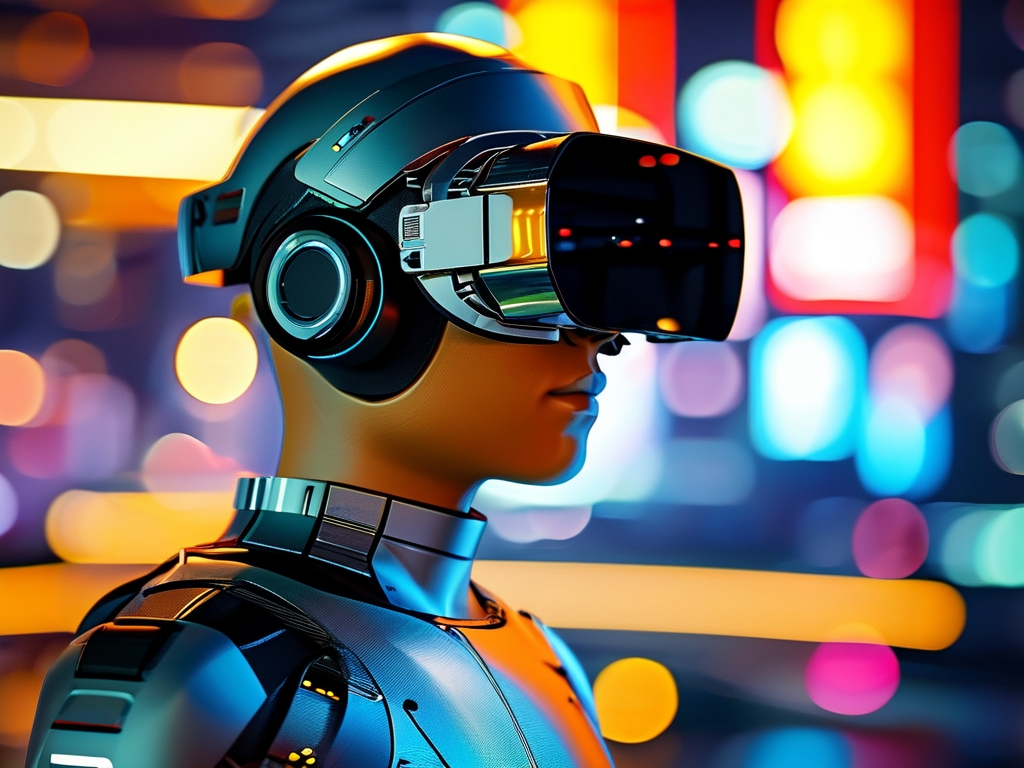Autonomous driving technology represents one of the most transformative advancements of the 21st century, blending hardware innovation, software engineering, and artificial intelligence. At the heart of this revolution are autonomous driving engineers, who specialize in both frontend and backend development to create seamless, safe, and intelligent systems. This article explores the distinct responsibilities of frontend and backend engineers in this field, their collaborative workflows, and the challenges they face in pushing the boundaries of self-driving technology.
The Frontend Engineer: Building the User-Facing Ecosystem
Frontend engineers in autonomous driving focus on the interfaces and real-time systems that interact directly with users, vehicles, and the environment. Their work ensures that data from sensors, cameras, and LiDAR is processed, visualized, and acted upon efficiently. Key responsibilities include:
- Sensor Integration: Frontend developers design algorithms to fuse data from radar, cameras, ultrasonic sensors, and lidar into a coherent perception system. For example, Tesla’s Autopilot relies on frontend engineers to process 8+ camera feeds simultaneously.
- Real-Time Decision-Making: They develop low-latency systems for immediate responses, such as obstacle avoidance or lane-keeping. Tools like ROS (Robot Operating System) and C++ are critical here.
- Human-Machine Interface (HMI): Dashboards, alerts, and control systems require intuitive design. Engineers use frameworks like Qt or React.js to create driver monitoring systems or infotainment interfaces.
A frontend engineer might spend weeks optimizing a camera-based pedestrian detection model to reduce false positives, ensuring the vehicle interprets visual data accurately at 60 mph.
The Backend Engineer: Powering the Brains of Autonomy
Backend engineers handle the "invisible" infrastructure that supports autonomous functions. Their domain includes cloud computing, machine learning pipelines, and large-scale data processing:

- Training AI Models: Backend teams use PyTorch or TensorFlow to train neural networks for object detection, path planning, and behavior prediction. Waymo’s “Driver” system, for instance, processes millions of simulated miles to refine its algorithms.
- Data Management: Autonomous vehicles generate terabytes of data daily. Engineers design distributed systems (e.g., Apache Kafka, AWS) to store, label, and retrieve this data efficiently.
- Over-the-Air (OTA) Updates: Backend systems enable remote software upgrades, a feature pioneered by companies like Tesla. This requires robust API design and cybersecurity measures.
A backend engineer might architect a federated learning framework where vehicles globally contribute to model improvements without sharing raw data, addressing privacy concerns.
Collaboration: The Synergy Between Frontend and Backend
The magic of autonomous driving lies in the integration of frontend and backend systems. Consider a scenario where a vehicle encounters an unexpected road closure:
- Frontend: Sensors detect the obstacle and localize the vehicle using SLAM (Simultaneous Localization and Mapping).
- Backend: Cloud-based traffic databases update the vehicle’s route, while reinforcement learning models predict alternative paths.
- Iteration: Edge cases from the incident are logged, triggering backend retraining of perception models, which are then deployed via OTA updates.
Tools like Docker and Kubernetes help standardize environments, while CI/CD pipelines ensure seamless integration. Cross-functional teams at companies like Cruise or Zoox often use Agile methodologies to align sprint goals.

Challenges and Future Directions
Both roles face hurdles: frontend engineers grapple with edge cases like adverse weather, while backend teams combat scalability issues. The rise of 5G and edge computing will further blur the lines between frontend and backend, demanding engineers to master hybrid skills. Ethical considerations, such as decision-making in unavoidable accidents, add another layer of complexity.
In , autonomous driving engineers—whether frontend or backend—are the architects of a safer, smarter transportation future. Their collaboration exemplifies how specialized expertise, when harmonized, can turn sci-fi visions into reality. As the industry evolves, so too will the roles, but their shared mission remains: to build systems that see, think, and act better than humans ever could.

